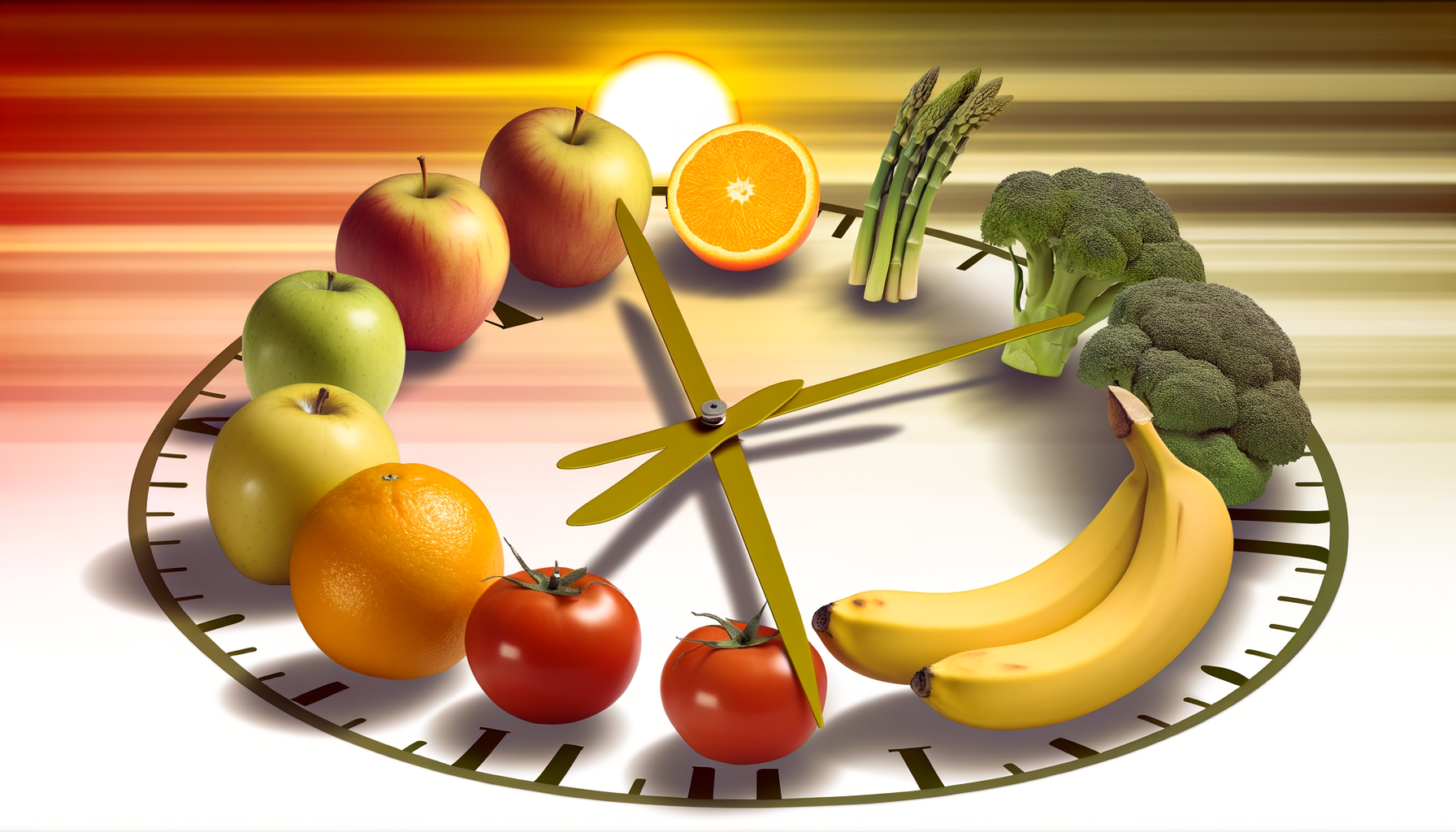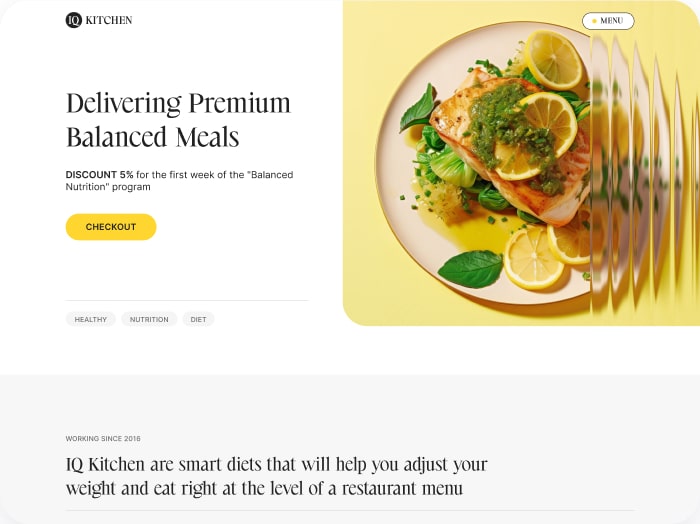The Interplay Between Meal Timing and Circadian Rhythms
When it comes to maintaining optimal health, the timing of our meals plays a crucial role that is often overlooked. The field of chrononutrition, which studies the timing of food intake in relation to our circadian rhythms, has uncovered significant insights into how meal timing affects our metabolic health.
Circadian Rhythms and Metabolic Function
Our bodies operate on a 24-hour circadian cycle, regulated by an internal clock known as the suprachiasmatic nucleus (SCN). This central clock synchronizes various physiological processes, including metabolism, with the external environment. The timing of our meals can either align with or disrupt this natural rhythm, impacting our metabolic health.
Studies have shown that consuming meals later in the day can lead to an increased prevalence of metabolic disorders, such as obesity and type 2 diabetes. This is because eating during the biological night, when melatonin levels are elevated, can disrupt glucose tolerance and insulin sensitivity.
The Role of Chrononutrition
Chrononutrition highlights the importance of aligning meal times with the body’s natural circadian rhythm. Food intake acts as a powerful zeitgeber, or external clock synchronizer, that can entrain peripheral clocks in organs such as the liver, gut, and adipose tissue. When meal timing is synchronized with the circadian rhythm, it optimizes the performance of these tissues and organs, leading to better metabolic health.
For example, a study involving healthy primigravidas during pregnancy found that certain chrononutrition components, such as eating window and breakfast skipping, significantly influenced maternal melatonin and cortisol rhythms. This suggests that dietary interventions targeting these characteristics could help maintain maternal circadian rhythm and overall health.
Benefits of Early Meals
Consuming meals earlier in the day, particularly a larger breakfast and smaller dinner, has been associated with several metabolic benefits. This approach, often referred to as “eating like a king in the morning, a prince at noon, and a peasant at dinner,” can improve glucose control, reduce insulin resistance, and enhance weight loss outcomes.
In a randomized control trial, participants who consumed a larger breakfast and smaller dinner lost more weight and had greater reductions in fasting glucose, insulin, and insulin resistance compared to those who consumed more calories later in the day. This aligns with the circadian timing of nutrient handling, where the body is more efficient at processing nutrients in the morning.
Components of Meal Timing
The timing of meals is not the only factor; the frequency and duration of the eating window also play critical roles. Studies have shown that meal frequency itself does not significantly affect the phase of clock genes in peripheral tissues, but the timing and duration of the eating window do. For instance, a late dinner can cause a dramatic phase advance in peripheral clocks, which can be partially reversed by adding a pre-dinner snack. This highlights the importance of feeding intervals and periods of fasting in entraining peripheral clocks.
A practical strategy for maintaining a healthy weight involves consuming the majority of daily calories early in the day and extending the overnight fast to at least 18 hours. This approach has been shown to reduce body weight, fasting glucose, and glucagon levels, while increasing insulin sensitivity.
Hormonal Interactions
Circadian hormones such as cortisol and melatonin are crucial in regulating metabolic processes. Cortisol, which peaks at dawn, activates energy reserves, stimulates appetite, and influences clock gene expression. Melatonin, which increases at night, interacts with meal times and can affect glucose metabolism. Consuming meals during periods of elevated melatonin levels can have adverse effects on glucose tolerance and insulin sensitivity.
Personalized Nutrition and Chronodisruption
The interplay between the circadian system and nutrition is complex and influenced by genetic, environmental, and lifestyle factors. Modern lifestyles, including artificial lighting, jetlag, and shift work, can induce chronodisruption, disrupting the body’s natural circadian rhythm and adversely affecting health. Personalized nutrition strategies that take into account an individual’s chronotype, genetic variants in clock genes, and the impact of diet on the gut microbiome and epigenome can help mitigate these effects.
Real-World Examples and Case Studies
Several studies have demonstrated the practical implications of chrononutrition. For example, a 20-week weight loss trial found that participants who consumed most of their daily calories earlier in the day lost more weight and had slower weight loss compared to those who consumed more calories later in the day. Another study in patients with type 2 diabetes showed that skewing energy intake toward breakfast reduced postprandial hyperglycemia and improved insulin and incretin levels.
Conclusion and Practical Advice
Understanding the impact of meal timing on circadian gene expression and metabolic health is crucial for maintaining optimal health. Here are some practical tips:
- Align Meal Times with Circadian Rhythms: Eat a larger breakfast and smaller dinner to synchronize with your body’s natural rhythm.
- Extend Overnight Fasting: Aim for an overnight fast of at least 18 hours to improve insulin sensitivity and reduce body weight.
- Avoid Late-Night Eating: Consuming meals during the biological night can disrupt glucose tolerance and insulin sensitivity.
- Consider Personalized Nutrition: Tailor your diet to your chronotype and genetic profile to maximize metabolic benefits.
By incorporating these strategies into your daily routine, you can better align your meal timing with your body’s circadian rhythms, leading to improved metabolic health and overall well-being. For those looking to optimize their nutrition further, tools like the Calorie Calculator Cloud can provide personalized dietary plans based on your specific needs and goals.
For more detailed information on how to implement these strategies and to explore different pricing plans, you can visit the Calorie Calculator Plans page. This resource can help you make informed decisions about your nutrition and ensure that your meal timing is optimized for your health.








